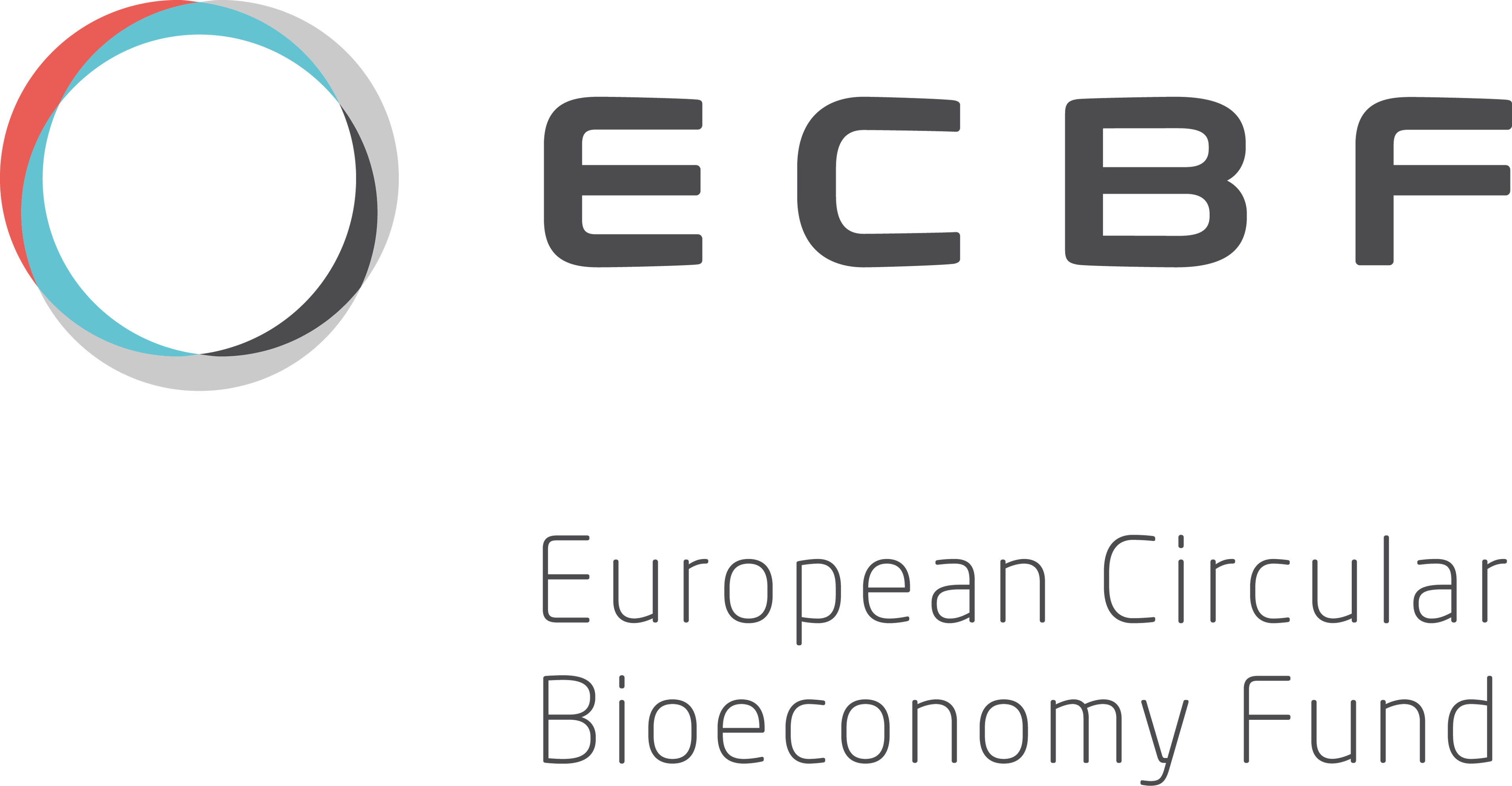Cutting meat consumption in rich nations could be key to tackling the climate crisis — and alternative (alt) meats are an obvious way to fill the gaps left in people’s diets. Yet, consumers haven’t exactly been all-in on alt meats.
A study of 13 European countries found that sales of plant-based meats grew by 6% in 2022, a much slower rise than the 14% from 2020 to 2021. Demand also cooled significantly in the US, one of the biggest alt meat markets.
Barriers to adoption are varied, but include taste and texture (consumer surveys have found customers don’t think the taste, aroma and texture of plant-based products are the same as the real thing), cost (alt meat is currently more expensive than meat) and nutrition (some recent media articles have put the nutritional value of alt meat into question).
Healthy texturising technology (including a range of products and clean-label solutions) could be the secret to creating better sensory experiences around alt meat — and calming concerns about health. But what are the developments — and could the conventional processed food industry also benefit from the innovations?
The ingredient list
Alt meat is typically made from some kind of protein (such as tofu or soy), plant oils and a binding agent. But in order to replicate the taste and feel of animal meat, texturising agents and other food additives must be part of the ingredient list.
“Texturising agents are substances that are added to food to modify their texture, consistency and/or mouthfeel,” Katia Merten-Lentz, partner at Food Law Science & Partners, tells Sifted. “They can be derived from a large variety of sources including plants, animals and seaweeds.
“Formulation of meat alternatives usually include stabilisers, thickeners, gelling agents and emulsifiers in order to replicate — as best as possible — animal meat. These ingredients can bind water and/or fat present in the formula to improve consistency.”
Merten-Lentz says proteins have both nutritional value and technological functions, such as water-binding capacity, meaning they can be used in the preparation of meat alternatives. The typical proteins used in these products are pea protein isolate, soy protein isolate and wheat gluten blends. Mycoprotein (developed using a natural fungus, the same category of living things as mushrooms) is also a popular alternative, due to its ability to create fibrous textures naturally.
However, the E numbers associated with binding agents like phosphates can be unappealing for consumers, alongside a long ingredient list.
“Healthier” texturising agents
This is where “healthier” texturising agents could come into play — examples include ingredients that are naturally low in calories, rich in fibre or gluten free.
Textured soya protein is high in protein and low in fat — making it an interesting option for people looking to increase their protein intake while limiting their meat consumption and fat intake
For example: “Textured soya protein is high in protein and low in fat — making it an interesting option for people looking to increase their protein intake while limiting their meat consumption and fat intake,” says Merten-Lentz.
“Hydrocolloids such as xanthan gum and gellan gum can greatly enhance the texture and mouthfeel of plant-based foods, too.”
However, existing texturising agents are multifunctional — one ingredient can have several functionalities, including binding, gelling and emulsifying. The ingredients that replace these face a tough challenger.
Focus on nutrition
Marc Coloma is CEO and cofounder of Heura Foods, a Mediterranean plant-based meat startup. His company is already focusing on healthy meatless meat.
“At Heura, we are accelerating the protein transition through a portfolio of products that cover chicken, beef, pork and fish — products that offer the meaty taste but with better nutritional and environmental impact,” says Coloma.
“We outperform animal proteins in nutritional value — both quantity and quality — in each of our products. We have discovered new scientific knowledge [that enables] us to deliver high protein content without cholesterol, far less fat (with extra virgin olive oil as the main fat source) and fewer calories per serving, incorporating fibre and using less sodium than the animal counterpart.”
Coloma says the most common misconceptions about meat alternatives include concerns about taste, texture and being overly processed — and Heura Foods aims to debunk them with its products.
The flexitarian market is the largest and most interesting target market, where we expect the biggest interest and growth
“Michelin-starred chefs are incorporating Heura into their restaurant menus, providing a tangible example of the exceptional culinary experiences that our products can offer,” says Coloma. “This underscores the fact that alternative meats can indeed be a gourmet and wholesome choice, breaking down preconceived notions and showcasing their true potential.”
Marie Asano, partner at bioeconomy-focused VC European Circular Bioeconomy Fund (ECBF), is also keen to debunk myths surrounding alternative meats and products.
Asano says the misconception that alternative meat products are only interesting to vegans and vegetarians is wrong: “the flexitarian market is the largest and most interesting target market, where we expect the biggest interest and growth”.
Processed foods
While the science isn’t completely clear yet, processed foods — specifically so-called “ultra-processed foods” — have also faced a reckoning lately, in terms of how healthy they really are. Asano, though, is quick to point out that processed foods tend to be more convenient and played a part in improving the safety and accessibility of foods.
Mastering texture and taste is a challenge common to every food product and processed foods are an inherent part of an average consumer’s life
“If you look around, most of the products on our shelves in the supermarket are processed in some shape or form — which is not a bad thing,” says Asano. “The benefit that the convenience these products bring to our busy daily lives cannot be underestimated.”
She hypothesises that healthier ingredients will be vital for the survival of both the processed food industry and the alt meat industry.
“Consumer preferences are clearly driving the popularity of these products,” she says. “Any improvement on the sustainability and healthiness of key additives and ingredients has a direct influence on improving existing products for the better. Mastering texture and taste is a challenge common to every food product and processed foods are an inherent part of an average consumer’s life.”
From an investor perspective, Asano says all these developments are interesting, but doesn’t think growth will be sudden. Customer acceptance now depends on meat replacements delivering not only on the sustainability part but also health, if we are going to have products consumers are going to consume for years on end.
“We believe that the market will not grow at the pace it did before, but this is the natural trajectory of a market entering maturity.”
ECBF invests in disruptive start-ups that will change our world for the better, active in agritech, food tech, industrial biotech and packaging. Find out more here.



